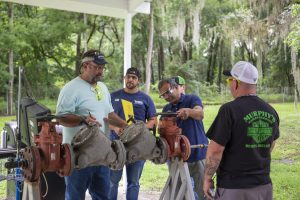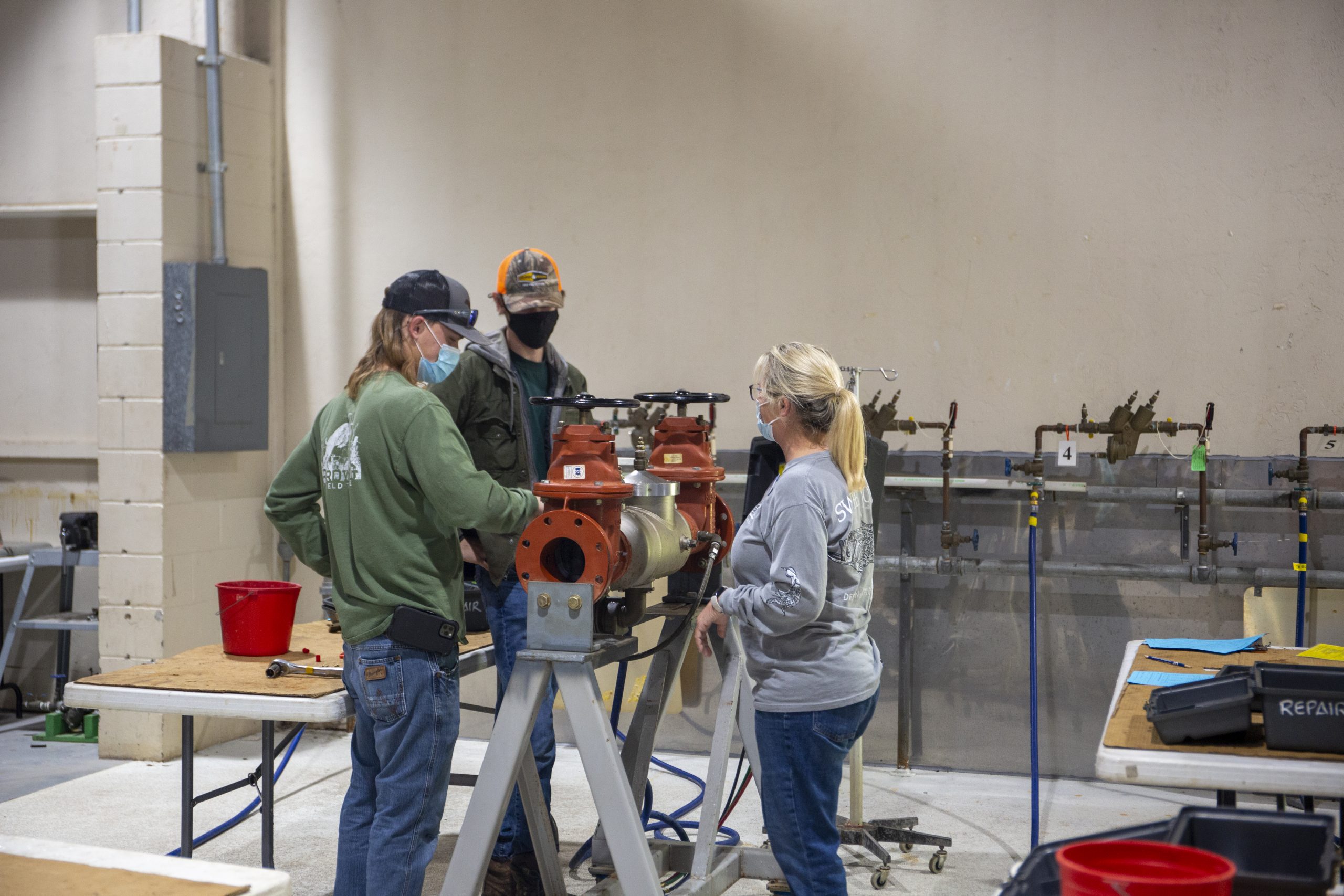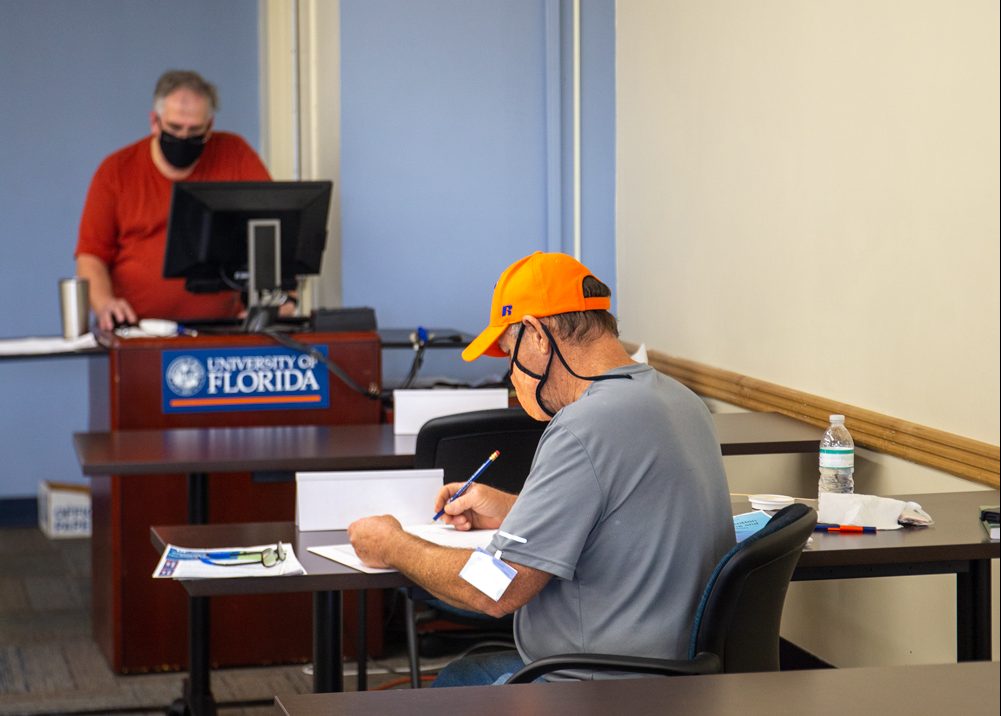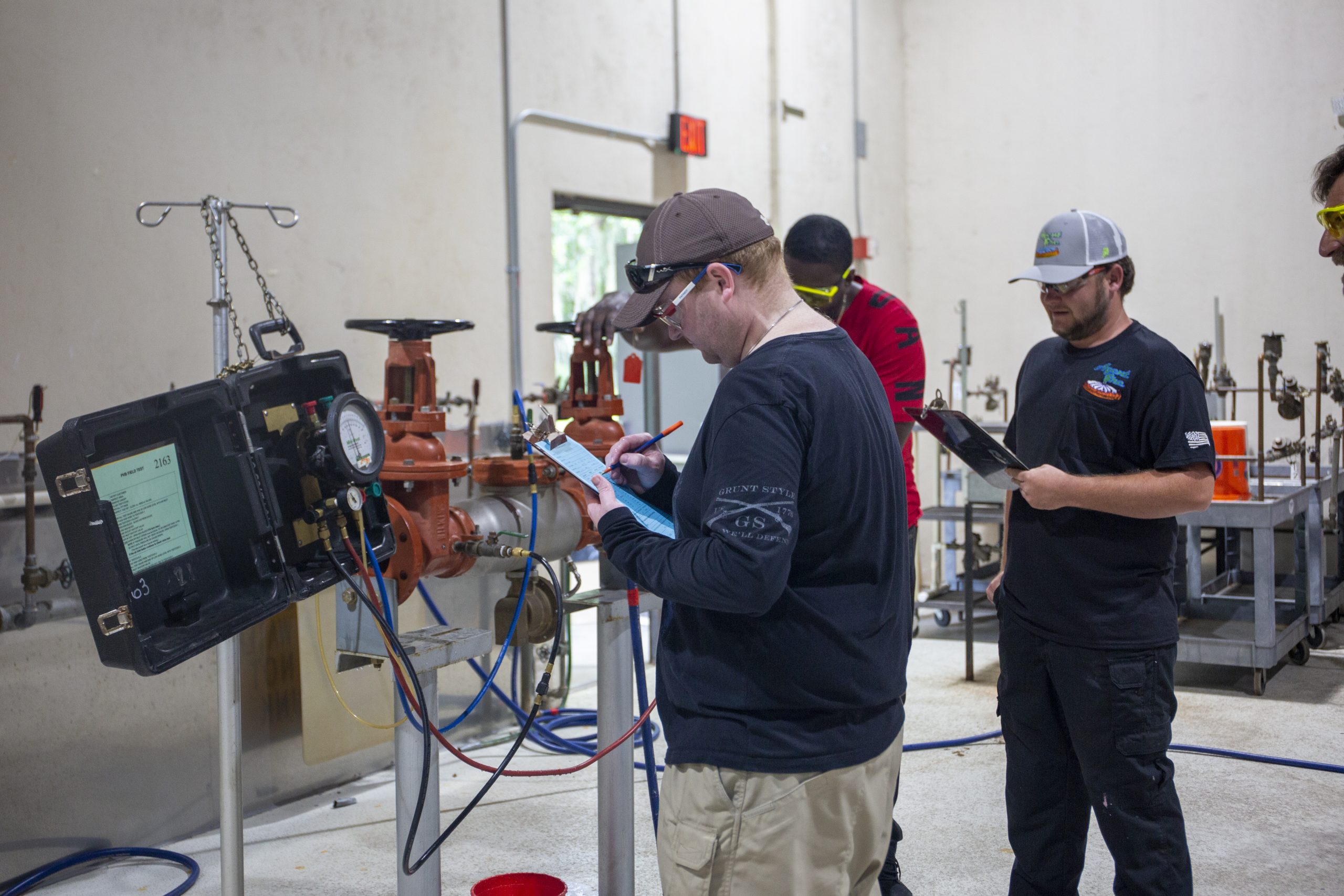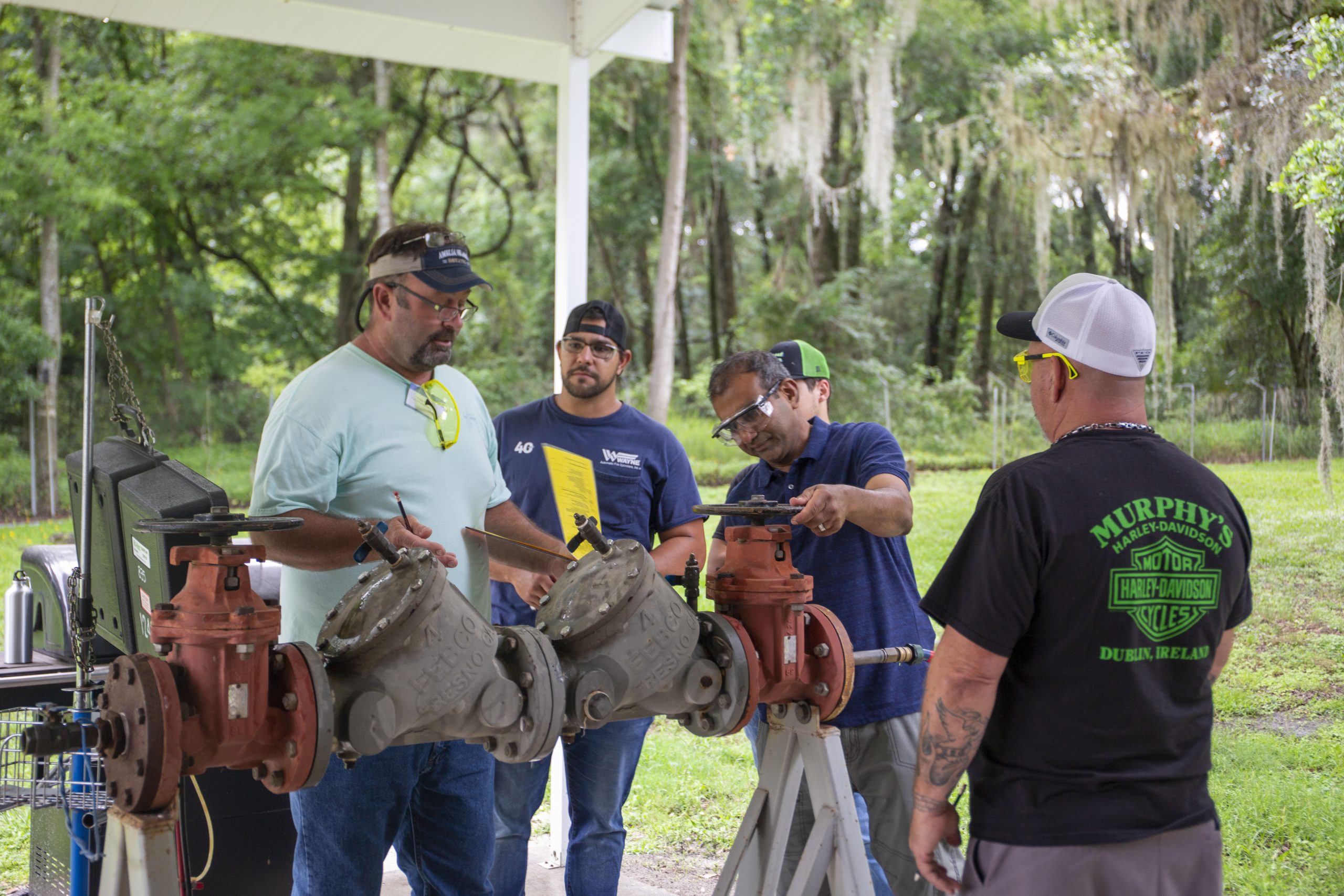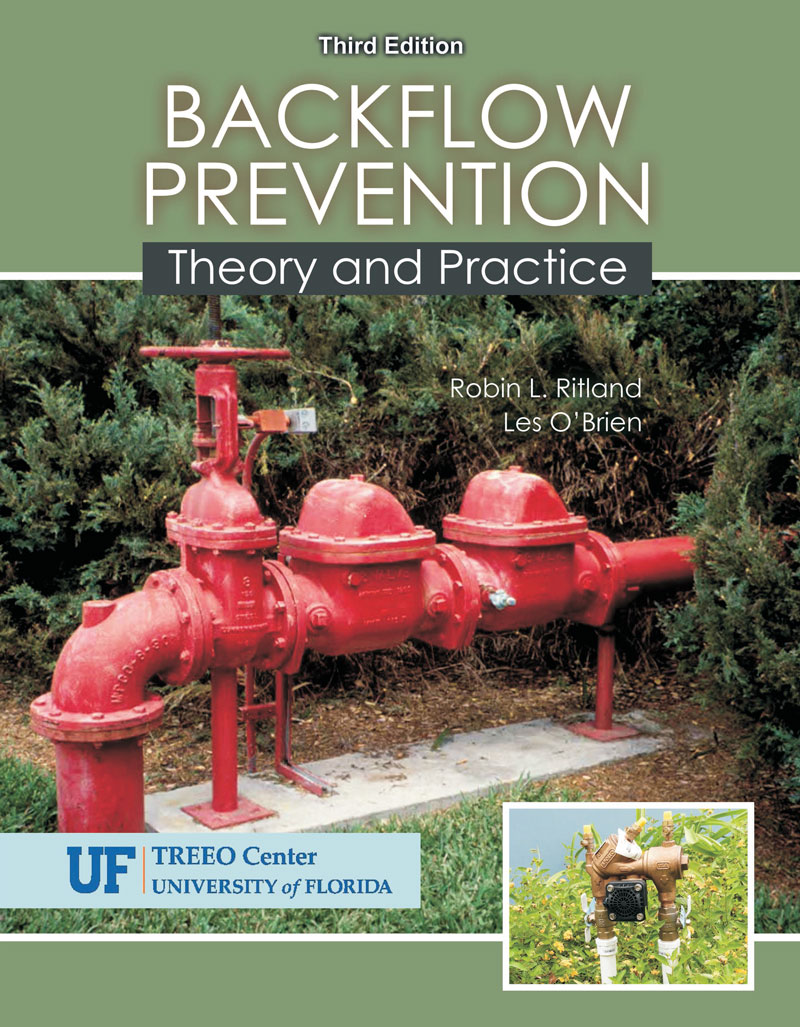Backflow Prevention Program
The University of Florida, Training, Research and Education for Environmental Occupations (UF TREEO) offers a variety of courses and certifications for those working in Cross-Connection Control and Backflow Prevention.
Our Backflow Prevention Assembly Tester Training Certification is the only FSAWWA accredited program in the state of Florida. UF TREEO certifications are also accepted in multiple states. UF TREEO is host to an annual Cross Connection Control Conference that brings together industry professionals to discuss the latest issues, trends and technology.
Course Offerings
Select an option below to view available courses. You will be redirected to our registration system.
Students who do not attend class and fail to notify the university department at least five business days before the course start date forfeit the full course registration fee. View the full refund/substitution policy here.
Student Resources
UF TREEO provides access to these helpful resources as a service to those interested in the backflow prevention field.
Meet The Instructors
The Water Tower- Buford, GA
Georgia
Sarasota, Ft. Myers & Jacksonville, FL
Jeff Ball obtained his UF TREEO Backflow Instructor Certification in 2003 to current. Jeff’s background includes BA from Salisbury University, Salisbury, MD 2000, Master Plumber/Fitter License in Maryland and Delaware in 1999 and NCCER Certified Plumbing Instructor in 1997. Jeff currently teaches throughout the State of Florida including Sarasota, Ft Myers, Gainesville and Jacksonville, FL.
Palmetto Alliance Institute – Seneca, SC
Naval Facilities, Europe
Naval Facilities, Europe
Ft. Pierce, Miami
Apopka, FL
Pensacola, FL
City of Tallahassee Water Dept.
Danny is a Water Quality Technician for the City of Tallahassee Water Department. Danny has worked for the City of Tallahassee Underground Facilities for 29.5 years. His job duties include Hydrant Repair and Replacement, Leak Repair, Water Taps, Meter Service Truck, Construction, Water Scada Systems Operator and Cross Connection Control in which he has been the last 19 years. Assists in the investigation and inspection of commercial and industrial water customers for Compliance with City, State and Federal Regulations governing the Cross Connection Control Program.
Danny obtained his UF TREEO Backflow Tester Certification in 2001 and his Repair and Maintenance in 2006. Danny holds a State of Florida Drinking Water Operator C License and also State of Florida Distribution Systems Class 3 License. He became UF TREEO Backflow Instructor in Jan 2024 and will be teaching at the City of Tallahassee Water Dept.
Miami Springs, FL
West Palm Beach, FL
Palmetto Alliance Institute – Seneca, SC
Apopka, FL
Tampa, FL
UF TREEO Gainesville
Lead Instructor
Destin Water Users, Destin FL
Frequently Asked Questions
Frequently asked questions regarding licensing, certifications and backflow prevention courses.
There is no pre-requisite to take the course or to test backflows, however, we recommend you check with your local water purveyor or utility to see if they require you to be a licensed plumber.
Yes, to install & repair. Florida Statutes require any person installing or repairing a backflow prevention assembly for a customer be a state licensed plumbing contractor.
See: 2012 Florida Statutes: CHAPTER 489 – CONTRACTING
Florida Statutes require any person installing or repairing a backflow prevention assembly on a domestic water system be a state licensed plumbing contractor. Backflow Prevention Assembly Testers are required to attend a bi-annual recertification course.
We recommend you have a driver’s license for identification purposes.
You will need to contact the State Fire Marshalls office as there are additional prerequisites to test fire lines. The State Fire Marshalls office phone number is: (850) 413-3170.
See: Florida 2012 Florida Statutes: CHAPTER 633 – FIRE PREVENTION AND CONTROL
Florida Statutes require any person installing, testing, or repairing a backflow prevention assembly on a fire protection system be a state licensed fire sprinkler contractor.
Anyone can be an employee of a Fire Protection System I or II Contractor’s company. To work on any part of a fire protection system (backflow preventer) they must hold a water-base permit under the contractor’s license, issued through the Division Regulatory Licensing Section.
We have locations from the Panhandle to Key West. Please check our website for course dates and locations.
Backpressure backflow is backflow caused by a downstream pressure that is greater than the upstream or supply pressure in a public water system or consumer’s potable water system. Backpressure (i.e., downstream pressure that is greater than the potable water supply pressure) can result from an increase in downstream pressure, a reduction in the potable water supply pressure, or a combination of both. Increases in downstream pressure can be created by pumps, temperature increases in boilers, etc. Reductions in potable water supply pressure occur whenever the amount of water being used exceeds the amount of water being supplied, such as during water line flushing, fire fighting, or breaks in water mains.
Backsiphonage is backflow caused by a negative pressure (i.e., a vacuum ~ or partial vacuum) in a public water system or consumer’s potable water system. The effect is similar to drinking water through a straw. Backsiphonage can occur when there is a stoppage of water supply due to nearby fire fighting, a break in a water main, etc.
Backflow into a public water system can pollute or contaminate the water in that system (i.e., backflow into a public water system can make the water in that system unusable or unsafe to drink), and each water supplier has a responsibility to provide water that is usable and safe to drink under all foreseeable circumstances. Furthermore, consumers generally have absolute faith that water delivered to them through a public water system is always safe to drink. For these reasons, each water supplier must take reasonable precautions to protect its public water system against backflow.
Water suppliers usually do not have the authority or capability to repeatedly inspect every consumers’ premises for cross-connections and backflow protection. Alteratively, each water supplier should ensure that a proper backflow preventer is installed and maintained at the water service connection to each system or premise that poses a significant hazard to the public water system. Generally, this would include the water service connection to each dedicated fire protection system or irrigation piping system and the water service connection to each of the following types of premises:
(1) premises with an auxiliary or reclaimed water system
(2) industrial, medical, laboratory, marine or other facilities where objectionable substances are handled in a way that could cause pollution or contamination of the public water system
(3) premises exempt from the State Plumbing Code and premises where an internal backflow preventer required under the State Plumbing Code is not properly installed or maintained
(4) classified or restricted facilities
(5) tall buildings.
Each water supplier should also ensure that a proper backflow preventer is installed and maintained at each water loading station owned or operated by the water supplier.
A backflow preventer is a means or mechanism to prevent backflow. The basicmeans of preventing backflow is an air gap, which either eliminates a cross-connection or provides a barrier to backflow. The basic mechanism for preventing backflow is a mechanical backflow preventer, which provides a physical barrier to backflow. The principal types of mechanical backflow preventer are the reduced-pressure principle assembly, the pressure vacuum breaker assembly, and the double check valve assembly. A secondary type of mechanical backflow preventer is the residential dual check valve.
An air gap is a vertical, physical separation between the end of a water supply outlet and the flood-level rim of a receiving vessel. This separation must be at least twice the diameter of the water supply outlet and never less than one inch. An air gap is considered the maximum protection available against backpressure backflow or backsiphonage but is not always practical and can easily be bypassed.
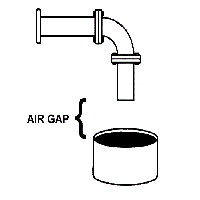
An RP is a mechanical backflow preventer that consists of two independently acting, spring-loaded check valves with a hydraulically operating, mechanically independent, spring-loaded pressure differential relief valve between the check valves and below the first check valve. It includes shutoff valves at each end of the assembly and is equipped with test cocks. An RP is effective against backpressure backflow and backsiphonage and may be used to isolate health or nonhealth hazards.
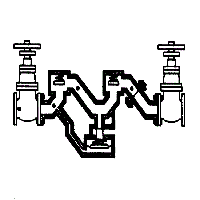
A PVB is a mechanical backflow preventer that consists of an independently acting, spring-loaded check valve and an independently acting, spring-loaded, air inlet valve on the discharge side of the check valve. It includes shutoff valves at each end of the assembly and is eqipped with test cocks. A PVB may be used to isolate health or nonhealth hazards but is effective against backsiphonage only.
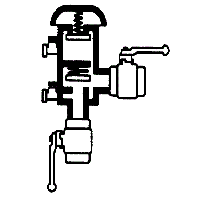
A DC is a mechanical backflow preventer that consists of two independently acting, spring-loaded check valves. It includes shutoff valves at each end of the assembly and is equipped with test cocks. A DC is effective against backpressure backflow and backsiphonage but should only be used to isolate nonhealth hazards.
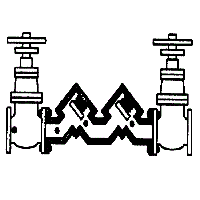
A RDC is similar to a DC in that it is a mechanical backflow preventer consisting of two independently acting, spring-loaded check valves. However, it usually does not include shutoff valves, may or may not be equipped with test cocks or ports, and is generally less reliable than a DC. A RDC is effective against backpressure backflow and backsiphonage but should only be used to isolate nonhealth hazards and is intended for use only in water service connections to single-family homes.
Mechanical backflow preventers have internal seals, springs, and moving parts that are subject to fouling, wear, or fatigue. Also, mechanical backflow preventers and air gaps can be bypassed. Therefore, all backflow preventers have to be tested periodically to ensure that they are functioning properly. A visual check of air gaps is sufficient, but mechanical backflow preventers have to be tested with properly calibrated gauge equipment.
One excellent reference manual is the third (2004) edition of the American Water Works Association’s (AWWA’s) Manual M14, Recommended Practice for Backflow Prevention and Cross-Connection Control, which is available from the AWWA Bookstore; 6666 West Quincy Avenue; Denver, Colorado 80235; 800/926-7337; http://www.awwa.org. Another excellent reference manual is the ninth (1993) edition of the University of Southern California’sManual of Cross-Connection Control, which is available from the Foundation for Cross- Connection Control and Hydraulic Research; University of Southern California; KAP-200 University Park MC-2531; Los Angeles, California 90089-2531; 213/740-2032; http://www.usc.edu/dept/fccchr.
State of Florida
Dept. Of Environmental Protection
Division of Water Facilities
Bureau of Water Facilities Regulation
Drinking Water Section (MS 3520)
2600 Blair Stone Road
Twin Towers Office Building
Tallahassee, FL 32399-2400
(850) 487-1762
Connect & Subscribe
Have questions about backflow training or need help choosing the right course? Reach out to our program coordinator for personalized support. Want to stay in the loop on upcoming course dates and updates? Join the email list and we’ll send important info straight to your inbox—no spam, just what you need.
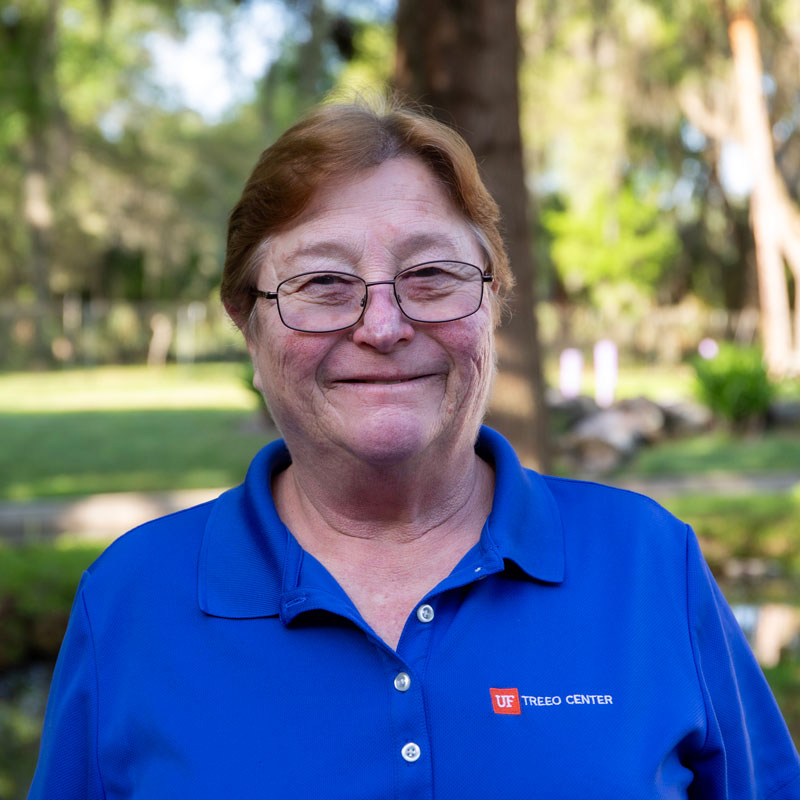
Need Assistance? Let’s Talk.
Whether you have a question about registration, course content, or requirements, our coordinator is here to help. Send us a message and we’ll get back to you shortly.

